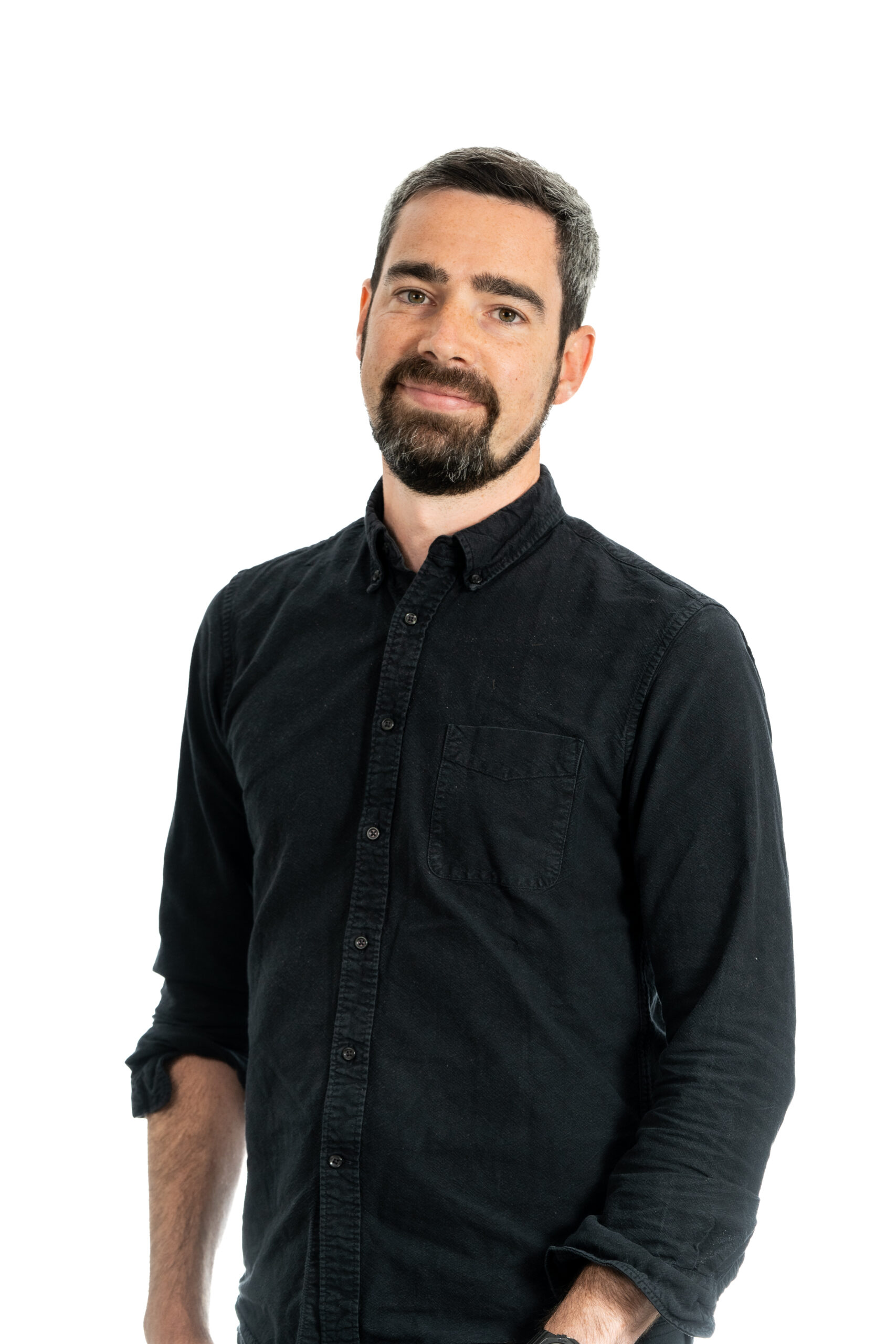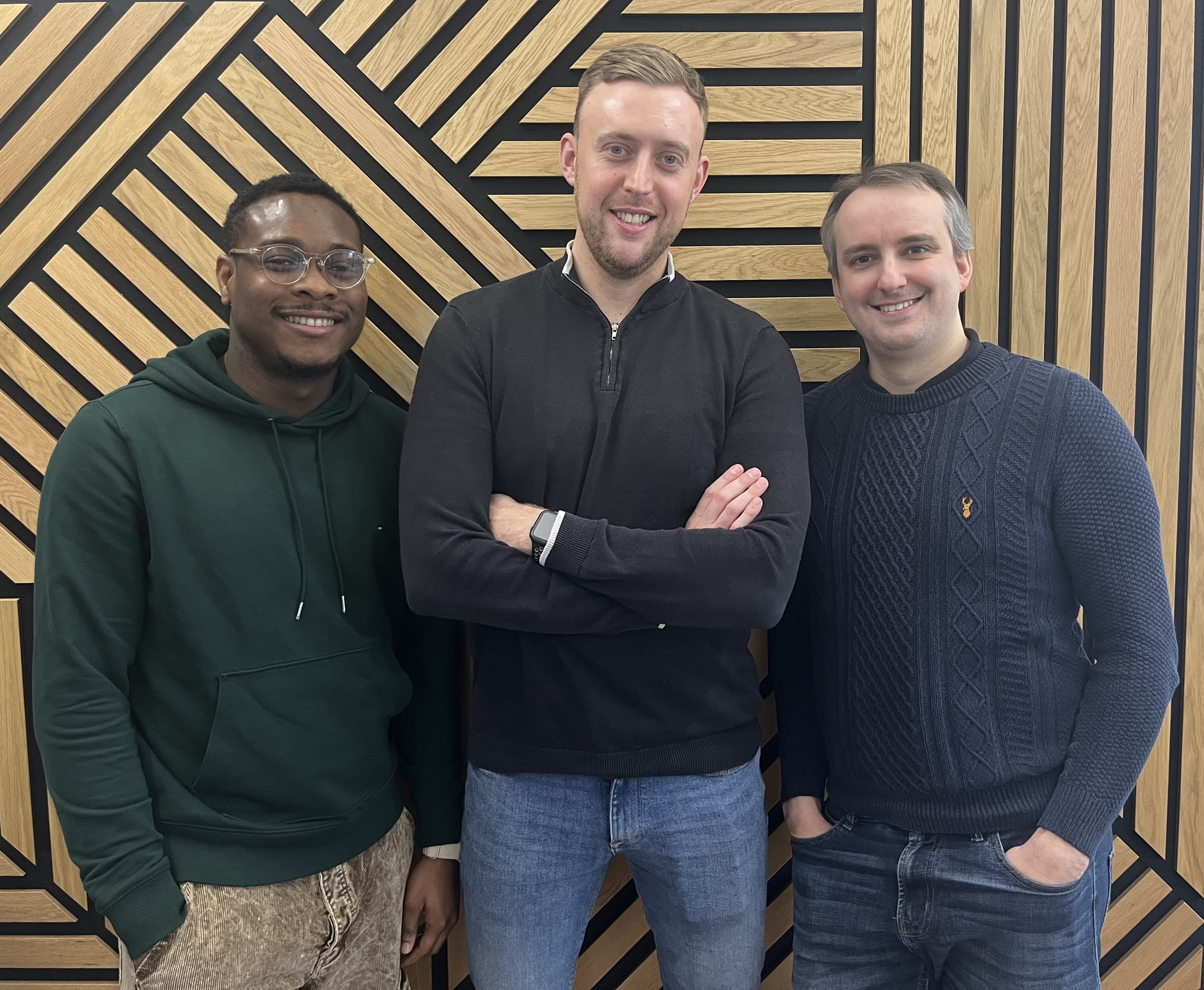A month in and there’s already a dynamic outlook for the year ahead in the ad industry. As an agency we have forecast some interesting themes which will shape the work we are doing with clients and the journeys we choose to take new clients on. Here’s three trends which have caught our attention over the month of January that we think will have some influence this year.
Private equity interest in media and advertising businesses
In the current economic climate with high interest rates and ongoing inflation, we’re seeing a potential shift in investor focus towards our sector. The media industry is known for being low in capital requirements but high in cash generation, making it attractive to private equity investors.
But why the sudden interest from private equity? Well, it’s pretty simple. Businesses that generate cash consistently and don’t need a lot of capital are particularly appealing when borrowing costs are high. Private equity firms are recognising this and are actively acquiring companies in our sector to create larger, more competitive entities.
The appeal of cash-generative businesses becomes even more apparent in a high-interest-rate environment, where leveraging debt is a common investment strategy. Private equity firms typically bid for companies, borrow the rest of the money, and then aim to quickly repay the debt to maximise returns. And to do that successfully, you need a business that generates reliable cash flow.
So, it’s no surprise that private equity firms are becoming increasingly interested in what we have to offer. Our sector’s adaptability to digital trends and innovative solutions in content creation, distribution and advertising technology make it an attractive investment opportunity. However, there are challenges such as regulatory scrutiny and competition from tech giants that investors need to consider. Overall, the media and advertising sectors are seen as lucrative investment opportunities for private equity firms looking for high returns.
Brand experiences – what’s sparking interest
There’s been attention drawn to some compelling trends in consumer brand experiences, in a recent report shaped by market intelligence tools, social listening and AI audience profiling. There are themes to draw out from some of the findings which range from being fun or useful to being human and playing into what the industry has been talking about early in the year at various predictions events.
One brand experience trend is referred to as “Kidulting rules”. It’s an experience that allows adults to indulge their inner child and access a state of mind that takes them back to their childhood, offering fun, nostalgia and prompting an emotional connection. It’s quite an interesting advertising technique given the pressures on people in today’s tough climate and allows a sense of escapism.
Then there’s “The age of AI”. We hear AI mentioned daily and it’s impossible not to talk about how it could revolutionise many things in our industry, one of which is brand experience. There’s risk involved of course and advertisers need to act with caution, but there’s also many benefits to be had, particularly when defining yourself against a competitive market using data and measurement to access key insights.
Additionally and very importantly, “Bringing ‘human’ to B2B” encompasses a shift towards B2B advertising becoming more relatable. We know emotion is important in the storytelling of a campaign and B2B brands are now recognising that this strategy can work well for them. It’s helps build trust, relatability and it makes something which could be quite cold and corporate, personal. On the theme of bringing emotion to a campaign, connecting with audiences and feeling human, MI recently for our client Motor Neurone Disease Association (MNDA) with Good Agency, shedding light on Motor Neurone Disease and the effect it has on lives and families. Titled “The Love Inside,” it’s a campaign we’re immensely proud of.
The evolving AV landscape
The digitisation of traditional TV poses a significant challenge in planning, buying, and measuring AV campaigns, requiring media experts to adapt to changing consumer behaviours.
It’s apparent that TV advertising is changing as more people use CTV, live and on-demand platforms. These platforms are transforming how ads are delivered, offering more personalised and interactive experiences. Streaming services allow advertisers to target specific audiences better using data, and they can now incorporate interactive elements like QR codes and second-screen experiences to engage viewers. This shift from traditional TV methods to more tailored approaches mirrors strategies seen in digital advertising. It’s a topic at MI we’re plugged into and have provided thoughts on recently.
However, linear TV remains important, especially for certain advertisers. At MI, we recognise the value in traditional TV and use it to client’s advantage when it’s the most effective choice for their strategy. Linear TV still offers broad reach and diverse demographics, making it suitable for brand awareness campaigns aimed at a wide audience. Linear TV combined strategically with digital campaigns will increase overall reach and frequency across platforms, a strategy we excel in executing for our clients. Also, advanced analytics are increasingly used to measure the impact of linear TV ads and refine targeting strategies. Advertisers leverage these insights to create more relevant and effective TV ads, ensuring that linear TV remains relevant and effective in the digital age.
Sources:
The Media Leader – PE Article
Campaign – Top 10 brand experience trends 2024
The 2024 Advertising Landscape: Key Trends and Strategies for Media Buyers | LinkedIn
